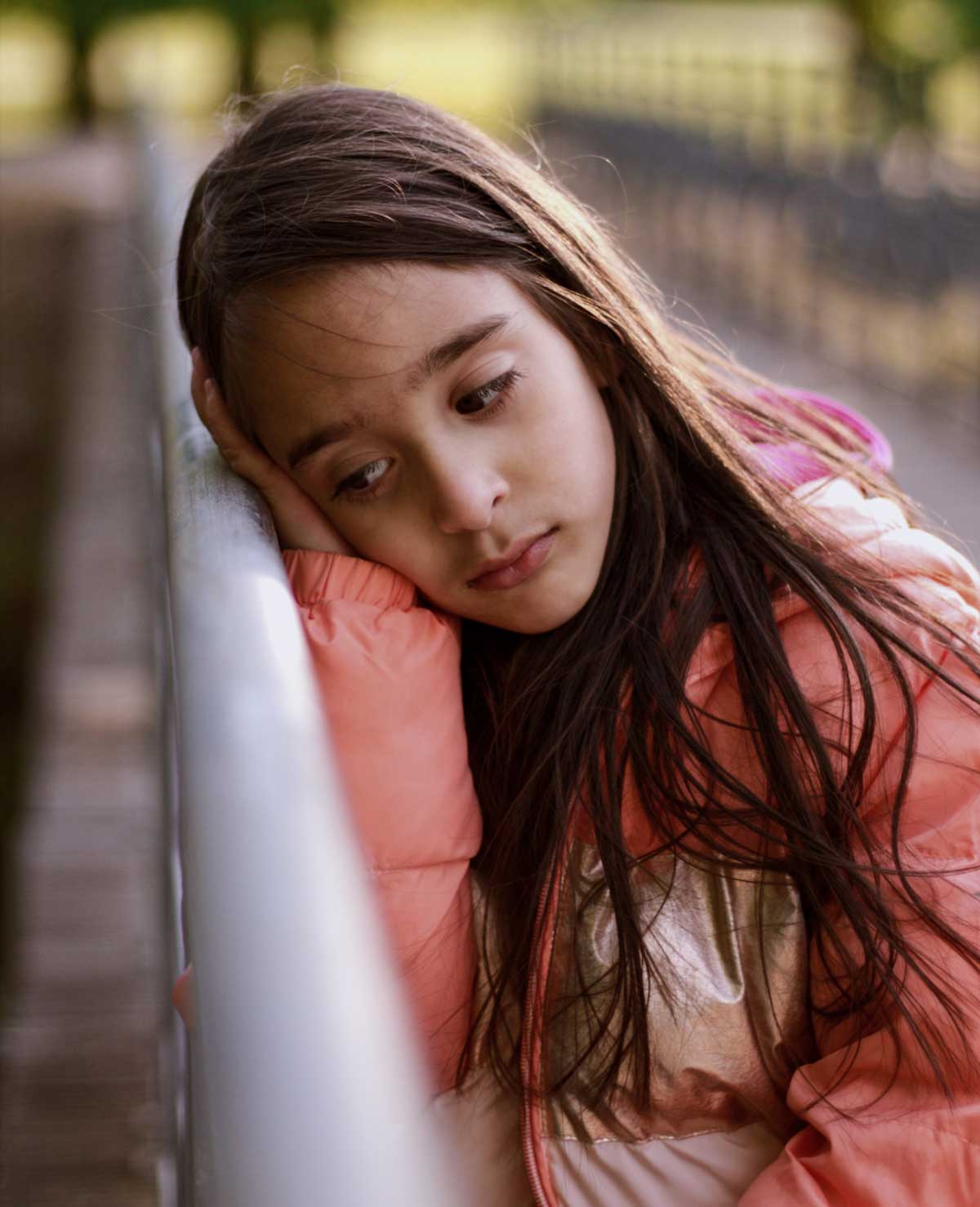 |
Children with eye disease are more likely to have one of several mental health conditions, including anxiety, depression and/or schizophrenia. Photo: Zika Radosavljevic on Unsplash. |
Multiple studies have found depression and anxiety to be associated with eye disease, but few have focused on other mental illnesses such as anxiety, schizophrenia, bipolar and depression. In a recent study, researchers sought to evaluate the association between five eye diseases—glaucoma, cataract, congenital optic nerve disease, congenital retinal disease and blindness/low vision—and mental illness in children and teens.
Nearly 12 million children 19 years and younger at the time of eye diagnosis were included. Of the patients with at least one of the five eye diseases, 30.5% had glaucoma, 9.5% had cataract, 21.4% had congenital optic nerve disease, 26.9% had congenital retinal disease and 25.9% had blindness or low vision.
These eye diseases were associated with mental illnesses including anxiety, schizophrenia, bipolar and depression. The chance of having these psychiatric diagnoses was higher among children with at least one of the five eye diseases than among children without eye disease, with odds ratios ranging from 1.26 to 1.54.
Inverse associations were found with substance use, with the exception of non-significant associations between glaucoma and bipolar and between cataracts and substance use.
“It is possible that since our study grouped substance use disorder together, we were not able to distinguish which substances were involved; for example, it is possible that eye disease can increase the risk of certain substances but not others,” they explained. “It is also possible that eye disease can increase the use of substances but not necessarily increase the risk of substance use disorder as there is a threshold of substance use that is deemed pathologic.”
The authors noted that these studies reinforce the need to investigate the role eye disease plays in mental illness in children and teens; however, they have been limited in their definitions of mental illness beyond depression and anxiety, and in the type of eye diseases they studied.
“While case reports have demonstrated association between Leber hereditary optic neuropathy and schizophrenia, this study suggests that there may also be an increased prevalence of schizophrenia and bipolar disorder in children and teens with eye disease, not just depression and anxiety,” the authors concluded. “While schizophrenia may present with visual symptoms, it is unlikely that this feature of disease underlies the association with serious eye disease observed here.”
Meer EA, Lee YH, Repka MX, et al. Association of mood disorders, substance abuse and anxiety disorders in children and teens with serious structural eye diseases. Am J Ophthalmol. March 6, 2022. [Epub ahead of print]. |


